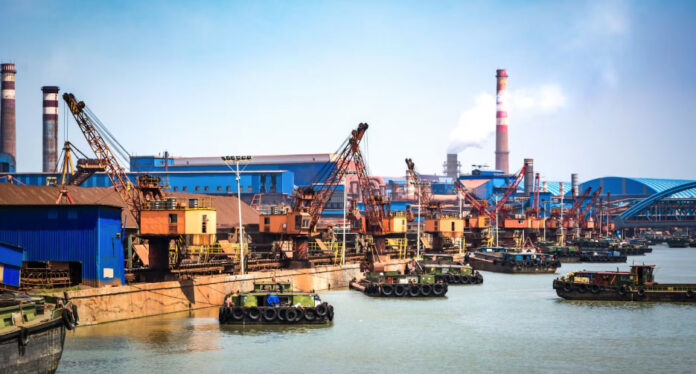In recent years, russian market has become a growing player in the global environmental and new energy sectors. The Russian market has increasingly embraced clean technologies, particularly in renewable energy sources like solar, wind, and hydroelectric power. With the country’s vast natural resources and significant geographic advantages, there is an ongoing shift toward sustainability and eco-friendly innovations. Moreover, Russia’s commitment to reducing its carbon footprint has led to a surge in green projects, government policies, and private sector investments. This trend is not only beneficial for the environment but also has the potential to drive economic growth, create jobs, and promote technological advancements.
1. Overview of the Environmental and New Energy Landscape in Russia
The Russian Federation is known for its rich energy resources, such as oil, natural gas, and coal. However, the country is making a notable shift towards embracing renewable energy and environmentally sustainable practices. As of recent years, the Russian government has introduced various programs and policies aimed at reducing carbon emissions and increasing energy efficiency.
Despite the significant investment in traditional energy sectors, Russia has begun prioritizing sustainable energy alternatives. This shift is a response to global climate change challenges and the growing demand for cleaner energy. Notably, Russia’s vast landmass offers considerable potential for wind and solar energy generation, which has prompted investments from both domestic and international entities.
2. Government Policies and Support for Renewable Energy
Government support is crucial in promoting the adoption of renewable energy in Russia. The Russian government has started to implement policies and provide incentives for companies investing in green technologies. These include tax breaks, subsidies, and grants aimed at developing renewable energy sources such as wind, solar, and geothermal.
In addition to financial incentives, the government has set ambitious targets for reducing greenhouse gas emissions. Russia is committed to meeting international agreements on climate change, such as the Paris Agreement, and has pledged to reduce its carbon emissions by a significant margin. These policy changes are expected to provide an impetus for innovation in the clean energy sector and encourage investments from both Russian and foreign companies.
3. The Role of Renewable Energy Sources in Russia’s Future
As the world shifts toward greener energy sources, Russia’s role in the global renewable energy market is becoming more significant. The country’s vast land area and favorable geographical conditions provide an ideal environment for generating wind and solar power. For instance, southern Russia has an abundant amount of sunlight, which makes it an attractive location for solar power projects. Similarly, the expansive coastline provides opportunities for offshore wind farms.
In addition to wind and solar energy, Russia is also exploring the potential of hydropower and biomass energy. These resources, combined with energy storage solutions, could play a vital role in creating a sustainable energy grid. The diversification of Russia’s energy portfolio will help mitigate risks associated with reliance on fossil fuels and contribute to the reduction of carbon emissions.
4. Investment Trends and Market Opportunities
With the shift toward renewable energy, the Russian market is becoming increasingly attractive to investors, both domestic and foreign. Large-scale projects in wind, solar, and hydroelectric power are being launched, and numerous Russian companies are entering the green energy sector. The government’s support has been crucial in providing a favorable environment for these investments, offering incentives and financial backing to help make clean energy projects more viable.
Russia’s growing interest in green technology has also created a demand for innovation in energy storage systems, smart grids, and energy-efficient infrastructure. This presents numerous opportunities for startups and established companies to introduce cutting-edge technologies. Moreover, as Russia seeks to modernize its energy infrastructure, there are significant prospects for collaboration between international and Russian companies.
5. Challenges and Future Outlook
While Russia’s transition to renewable energy is promising, several challenges remain. The country’s dependence on fossil fuels for both domestic consumption and export presents a barrier to the widespread adoption of green energy. The infrastructure needed for large-scale renewable energy projects is still in the early stages of development, and regulatory hurdles may delay progress.
Additionally, public perception of renewable energy is still evolving. In some regions, traditional energy sources are deeply ingrained in the economy, and the transition to clean energy may face resistance from both the public and industries that rely on fossil fuels.
Nevertheless, the future of renewable energy in Russia looks promising. With continuous investments in technology and infrastructure, alongside the support of government policies, the country has the potential to become a leader in the global green energy transition. As the world moves toward more sustainable practices, Russia’s environmental and energy landscape will continue to evolve, and the market will undoubtedly present new opportunities for growth and development.





